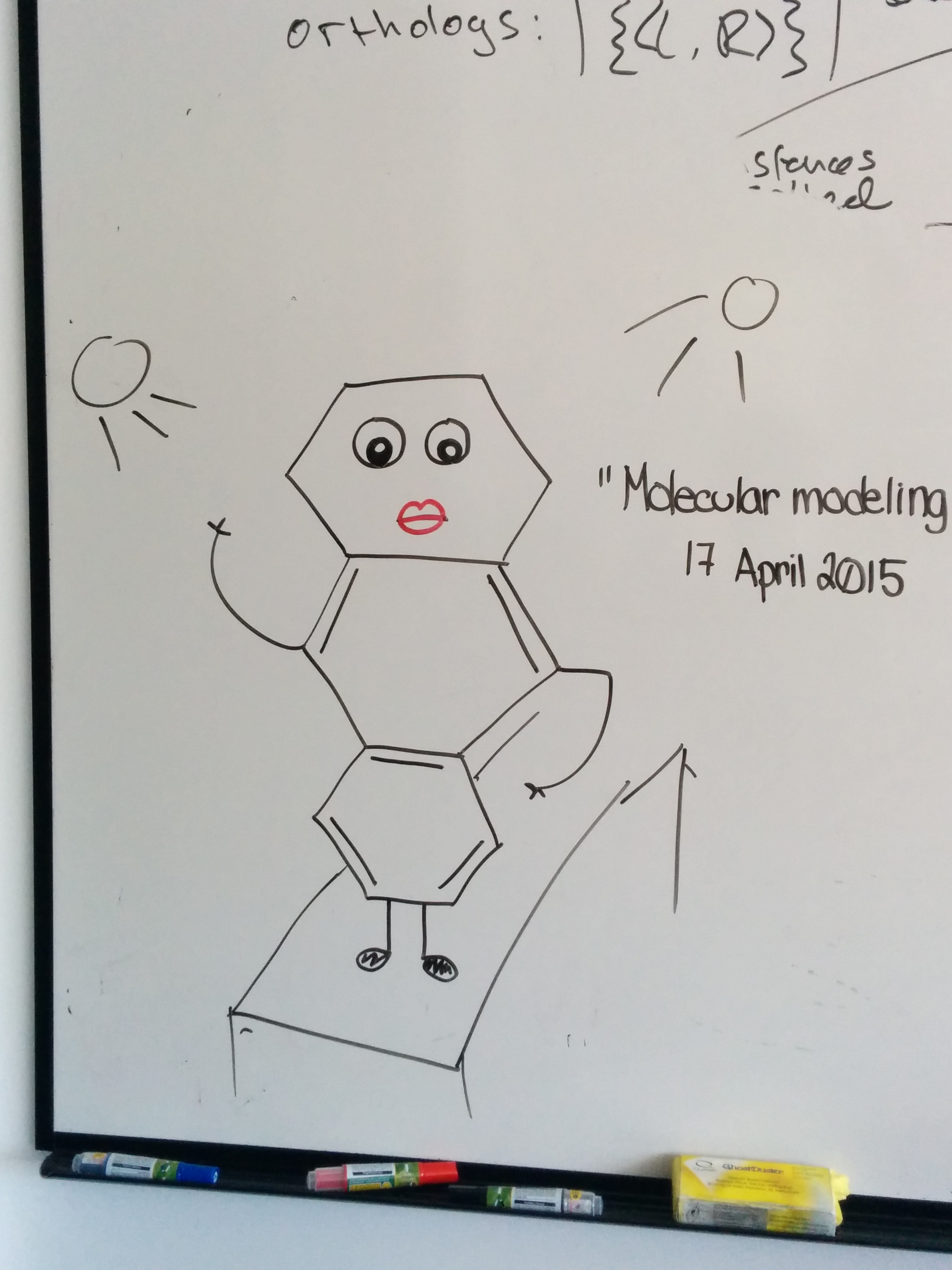
Virtually everything that happens inside our bodies depends on the action of molecular machines: proteins and other molecules whose three-dimensional structure allow them to carry out specific functions. We use cutting-edge computational approaches, together with experimental data, to understand this structure, how it changes dynamically, and how we can exploit it for a range of applications, especially the design of safer, more effective medicines. We work in close collaboration with leading academic experimentalists and with a variety of companies.
We aim not only to develop new computational methods but also to have a real impact on biology and drug discovery. Some members of the lab thus delve deeply into the study of specific biological systems. For example, we are interested in G protein-coupled receptors (GPCRs), which represent the largest class of drug targets: about a third of all drugs act by binding to these receptors and causing or preventing changes to their structure. Thanks to recent experimental breakthroughs—some of which were recognized by a Nobel Prize to Brian Kobilka, our Stanford colleague and collaborator—the structures of many GPCRs have been solved in the last few years. We use computational methods to reveal the dynamics and mechanisms of these proteins and the drugs that target them.
Many of the projects currently underway in the lab involve one or more of the following approaches, but the techniques we employ are continually evolving, and we always welcome new ideas.
Molecular simulation: Molecular dynamics simulations predict the atomic-level motions of proteins using basic physical principles. They have become much more powerful in recent years, thanks to advances in computer power, algorithms, and chemical models. They can now be used to reveal the workings of processes such as drugs binding to their targets or the structural changes that underlie protein function.
Machine learning: We use modern machine learning techniques, as well as new statistical inference techniques that we develop, to infer structural models from experimental data, to analyze simulation results, and to synthesize data from different sources. For example, we predict how drugs bind to their targets or how proteins associate with one another to form larger complexes.
Analysis of image data from microscopy: Advances in cryo-electron microscopy and fluorescence microscopy are revolutionizing structural and cellular biology. These methods generate a huge amount of image data. We are developing methods that leverage this data to provide a dynamic picture of molecular and cellular machines.
